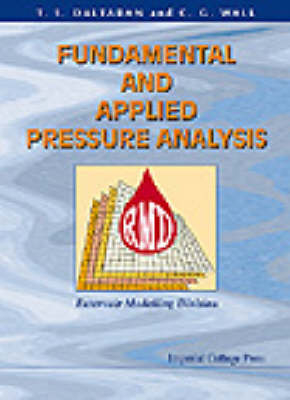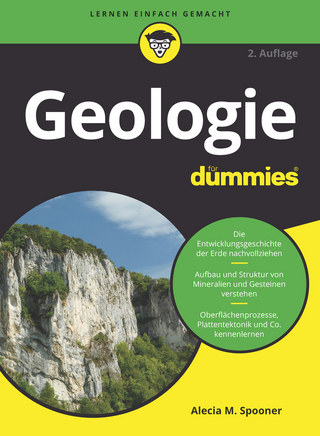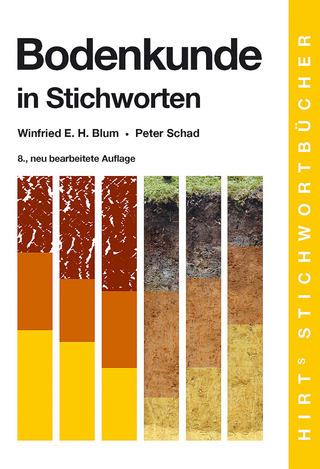
Fundamental And Applied Pressure Analysis
Seiten
1998
Imperial College Press (Verlag)
978-1-86094-091-0 (ISBN)
Imperial College Press (Verlag)
978-1-86094-091-0 (ISBN)
This book emphasizes the plausible physical contexts and mathematical models and limitations, and also the importance of realistic geologic models in analysis. Scattered throughout the book are worked examples of the use of the methods described in the text.
The analysis of well tests constitutes one of the most powerful tools for the effective description of a petroleum reservoir and its subsequent management. This requires that the well test be placed in the proper context of related disciplines, especially geoscience, production and reservoir engineering. Modern methods of automated data processing can conceal mathematical limitations and overlook the need for realistic physical and geologic models. This book emphasizes the plausible physical contexts and mathematical models and limitations, and also the importance of realistic geologic models in analysis.Although the book is clearly targeted at petroleum engineers, the approach taken by the authors will no doubt find favour with practitioners in other areas of fluid flow in porous media, such as hydrology and the flow of pollutants. Scattered throughout the book are worked examples of the use of the methods described in the text. It also contains extensive appendices on permeability, application of Laplace transforms to flow equations valid for single and multi-layered systems, convolution and deconvolution, dimensionless parameters and P-theorems, and physical and thermodynamic properties of gases. This book should appeal to students as well as practitioners in industry; many in the latter group may have benefited before from formal exposure to the underlying theory and its limitations in real reservoir environments.
The analysis of well tests constitutes one of the most powerful tools for the effective description of a petroleum reservoir and its subsequent management. This requires that the well test be placed in the proper context of related disciplines, especially geoscience, production and reservoir engineering. Modern methods of automated data processing can conceal mathematical limitations and overlook the need for realistic physical and geologic models. This book emphasizes the plausible physical contexts and mathematical models and limitations, and also the importance of realistic geologic models in analysis.Although the book is clearly targeted at petroleum engineers, the approach taken by the authors will no doubt find favour with practitioners in other areas of fluid flow in porous media, such as hydrology and the flow of pollutants. Scattered throughout the book are worked examples of the use of the methods described in the text. It also contains extensive appendices on permeability, application of Laplace transforms to flow equations valid for single and multi-layered systems, convolution and deconvolution, dimensionless parameters and P-theorems, and physical and thermodynamic properties of gases. This book should appeal to students as well as practitioners in industry; many in the latter group may have benefited before from formal exposure to the underlying theory and its limitations in real reservoir environments.
| Verlagsort | London |
|---|---|
| Sprache | englisch |
| Themenwelt | Naturwissenschaften ► Geowissenschaften ► Geologie |
| Technik ► Bergbau | |
| Technik ► Umwelttechnik / Biotechnologie | |
| ISBN-10 | 1-86094-091-9 / 1860940919 |
| ISBN-13 | 978-1-86094-091-0 / 9781860940910 |
| Zustand | Neuware |
| Informationen gemäß Produktsicherheitsverordnung (GPSR) | |
| Haben Sie eine Frage zum Produkt? |
Mehr entdecken
aus dem Bereich
aus dem Bereich


